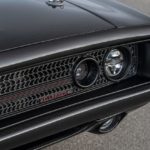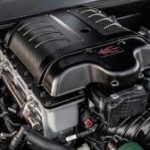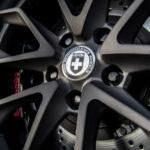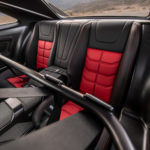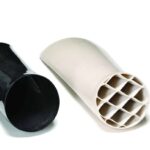For many years, SpeedKore has been producing some outstanding vehicles and its latest creation – the Speedkore’s 1970 Dodge Charger Hellraiser – is one of its finest. Like other creations from SpeedKore, the Hellraiser has a lightweight carbon fiber body.
The team of engineers and producers aimed to reduce weight and increase its power at the same time. Carbon fiber has been used for the first purpose. For the second one, fine-tuned drivetrains designed specifically for each vehicle have made it possible to achieve maximum power.
The Hellraiser Charger’s body
Its body is made of pre-impregnated carbon fiber, house-made and aerospace-grade. A sleek look is added to the muscle car with BASF Glasurit paint and a gloss clear coat over the exposed weave carbon fiber. Metal pieces of the vehicle are coated in a gray titanium finish and admirers can take a peek at what’s under the hood thanks to a customized cutout and carbon fiber cover.
SpeedKore president Jim Kacmarcik said in a statement
“The entire SpeedKore team is excited to unveil our first Hellephant-powered car. The Hellephant is the most powerful crate engine ever offered by an OE manufacturer, so it seemed only natural that one would come to power a SpeedKore build. When we found out we would be receiving one of the engines from Mopar, we had already been in talks about a new build, and it seemed like the perfect opportunity to get started. Hellraiser represents the pinnacle of SpeedKore design and engineering, and we’re excited to share this custom build with the world.”
Click here to discover Hellraiser Build Specifications.
 |
Subscribe now to our quarterly Compositi newsletter
|
Source: Composites Manufacturing




